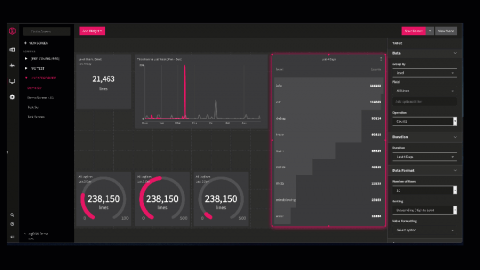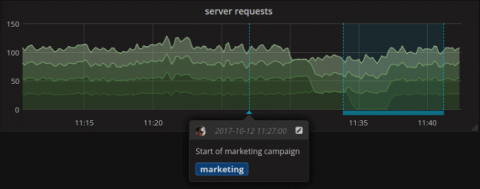How Informatica Confidently Migrates to Kubernetes with Sumo Logic
Informatica is an enterprise cloud data management company, which means they have a full suite of products that focus on data integration and data management. In fact, they are a leader in 5 different magic quadrants including Enterprise Integration Platform as a Service, Data Quality Tools, and Master Data Management Solutions.









